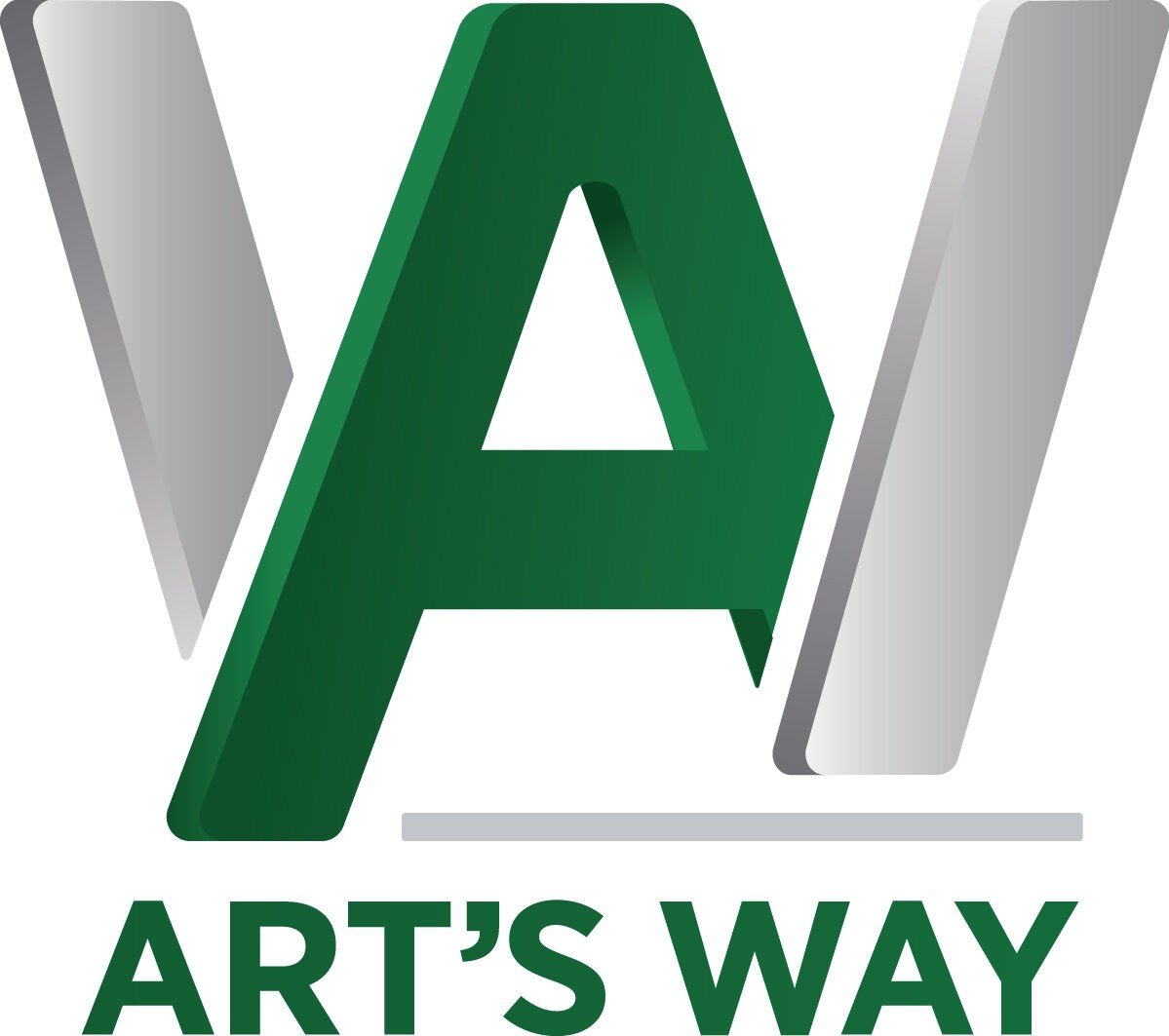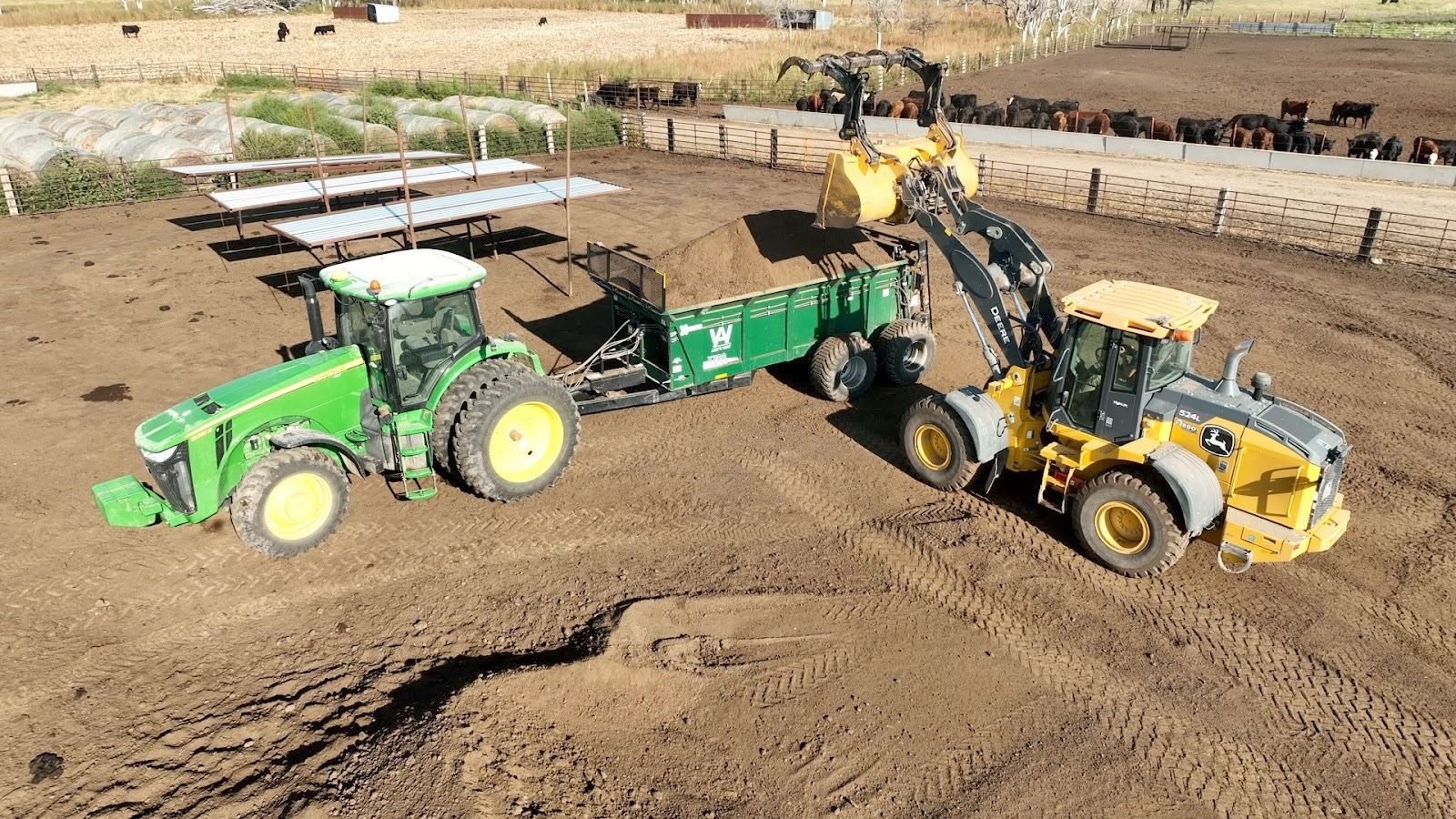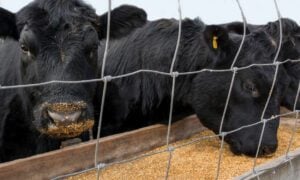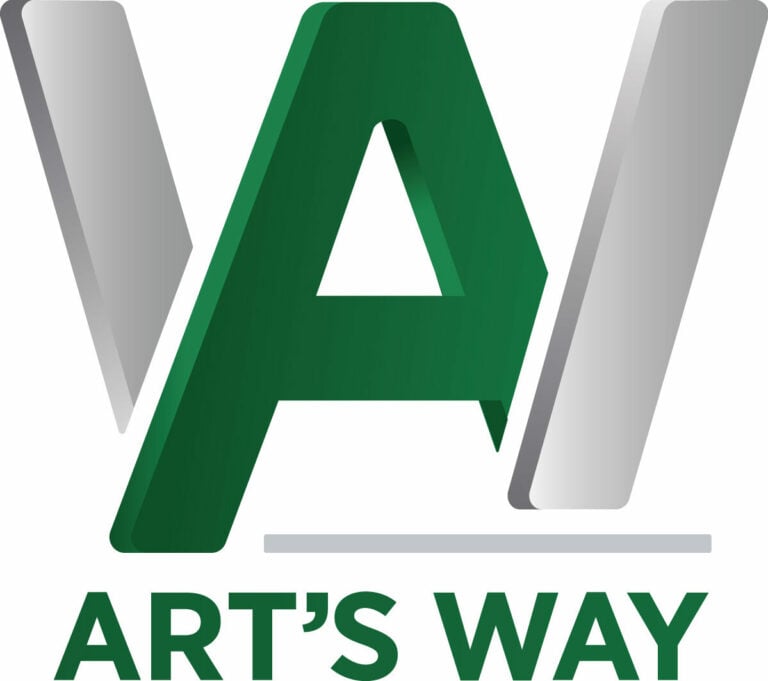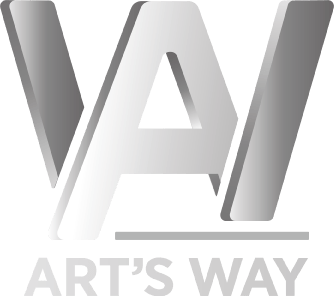“Do you still make grinders?” Farmers and long-time agriculturalists tend to ask this question when they hear anything about Art’s Way.
The agriculture equipment manufacturer’s lineup has diversified since the grinder’s first release in 1956. But if Arthur Luscombe, Art’s Way founder and Northwest Iowa farmer, heard that question today, he would likely take it as a compliment. if Art’s Way has been known for one thing, it’s the time-tested durability of its equipment.
But how does a company known for a legacy product make its mark elsewhere? Technology and quality are good places to start for any piece of agriculture equipment.
Robots, lasers, and lathes
“Up until 2021, Art’s Way had no robots,” says Brian Wrightsman, vice president of operations. “With the addition of three new robotic weld cells, we have significantly increased our output capacity, as well as consistency and quality.”
Art’s Way uses collaborative robots, called cobots, that memorize and replicate the welds to ensure consistent results. Wrightsman says given the cobots’ consistency and quality, they are a great fit to fill the labor gap for professional welders in their immediate area. Art’s Way focuses the cobots on higher volume repetitive parts as they don’t get tired and significantly improve efficiency.
To maintain the time-tested durability of the famous grinders, Art’s Way protects the quality of the thick metals they use to this day. But thick metals require extra precision with cuts and machining.
“We recently upgraded to a high-definition CNC plasma for our thicker metals we need to cut,” says Wrightsman. “A high-def CNC plasma cuts through thick metals with increased tolerances and efficiency without the limitations we previously dealt with.”
Art’s Way’s dual CNC lathes complement the cobots and upgraded plasma. The lathes finish machining the spindles, axles and shafts, increasing quality and productivity. The two lathes are set up adjacent to each other, allowing one machinist to operate both. This helps Art’s Way use resources more efficiently.
However, not all technology improvements are as glamorous as robots. Overlooked pieces like boilers and new windows can make all the difference in helping a business operate productively.
“We just replaced our heating boilers with the newest technology and have already saved a significant amount of propane this last winter,” says Wrightsman. “Between the boilers and new windows we installed throughout the facility over the past year, our buildings are far more efficient than just one year ago.”
And more efficient buildings translate to greater cost savings for both Arts way and its customers.
Renewed focus on quality
A recent addition to the team, Larry Olson joined Arts Way as the quality manager. Olson is helping define a blueprint for comprehensive and consistent quality assurance throughout the company.
“Coming into a new role is both a challenge and an opportunity,” he says. “Arts Way has been making a quality product for many years. Added awareness and improvements to quality will ensure a better product for our customers and continued growth for the company.”
Olson is leading the charge to bring significant change, such as the newly upgraded material requirements planning (MRP) system for inspections, quality alerts, production part approval process (PPAP) and change notifications that will give employees real-time information. For example, replacing monitors with large televisions allows employees to read prints better and support paperless prints in the future. Using a tough book to fill out the new visual inspection manuals means data will be saved in real-time and a 360-degree photo of the product will be created for future reference. When it comes down to it, the new technology and proper problem-solving dials in on the details throughout the entire production and assembly lines.
“Seemingly small things like eliminating paper copies and creating more robust inspection procedures increase the quality of our products with no added cost to our customers,” says Olson. “At the end of the day, we want every customer to rely on the same consistency of quality from all our products.”
With so much change in progress and on the horizon, how does Art’s Way prioritize? Employees and dealers are often the starting point.
“All changes come from feedback from employees, dealers and our data,” says Wrightsman. “We continually partner with our dealers and look at warranty, past warranty failures and even minor complaints.”
That journey for feedback led the Art’s Way team to purchase a dynamic balancer, a critical piece of machinery that maintains balance in shafts, instead of using a manual balancer. For a piece of equipment like a grinder, the smallest shift in balance can lead to more vibrations.
And while vibrations don’t necessarily mean a lack of quality, they can be annoying to the producer and wear down bearings faster than their lifespan. Even if the bearings don’t fail, Wrightsman says there’s still a perception that “shaking means breaking.”
Wrightsman says employee feedback and innovation are also important in moving Art’s Way forward.
“I task our employees to take 5% of their time to think about positive changes that could help them be more productive and efficient,” says Wrightsman. “Their ongoing feedback and insights have led to simple yet impactful productivity improvements.”
Investing in the future
Big changes don’t come cheap. Before Wrightsman and Olson made their way to Art’s Way, the company will be the first to admit they didn’t spend a lot of money on technological improvements. Wrightsman brings quality-focused improvements and equal attention to ROI to the table.
“Investments in new technology come with a greater return than just the product,” he says. “It’s now so much easier to get support because it’s over the internet. We don’t have to wait for that ‘one repair guy’ who specializes in the specific wiring of a product.”
And investments come easier with a bit of help. Art’s Way was a recipient of a Manufacturing 4.0 grant from Iowa Governor Kim Reynolds. In just a short year’s amount of time, Art’s Way has used this grant money to purchase key equipment to significantly improve the business at the Armstrong-based headquarters, leading to higher quality forage boxes, dump carts, mills, manure spreaders, and, yes, grinders.
“These changes not only save us money but save our customers money,” says Wrightsman. “We want customers to say ‘I’m going to buy Art’s Way because it is the best piece of equipment for the job, the quality is phenomenal, nothing breaks down and oh, by the way, it fits my bottom line.’”
